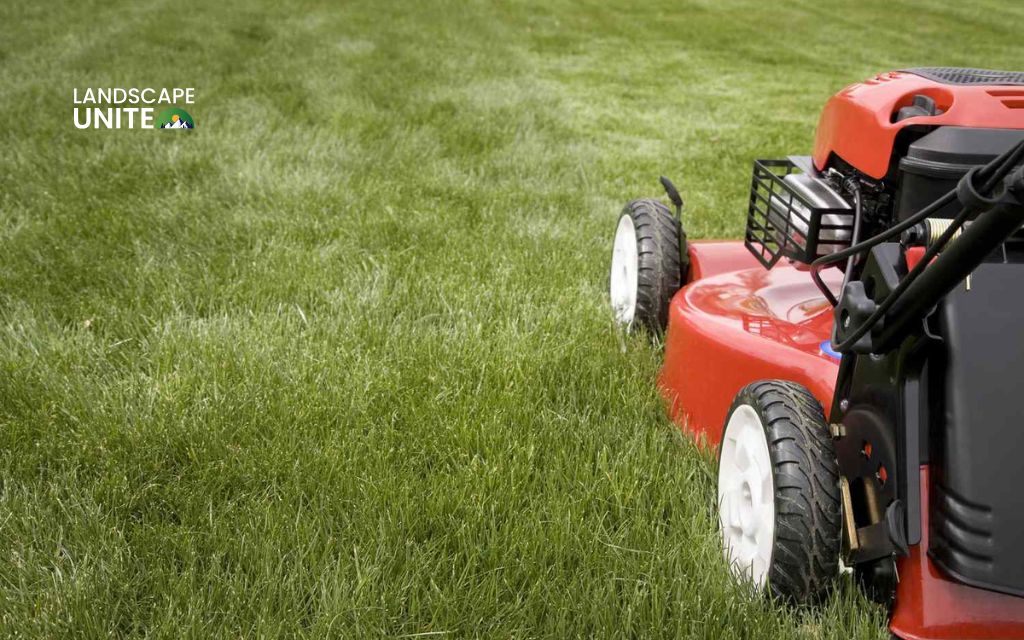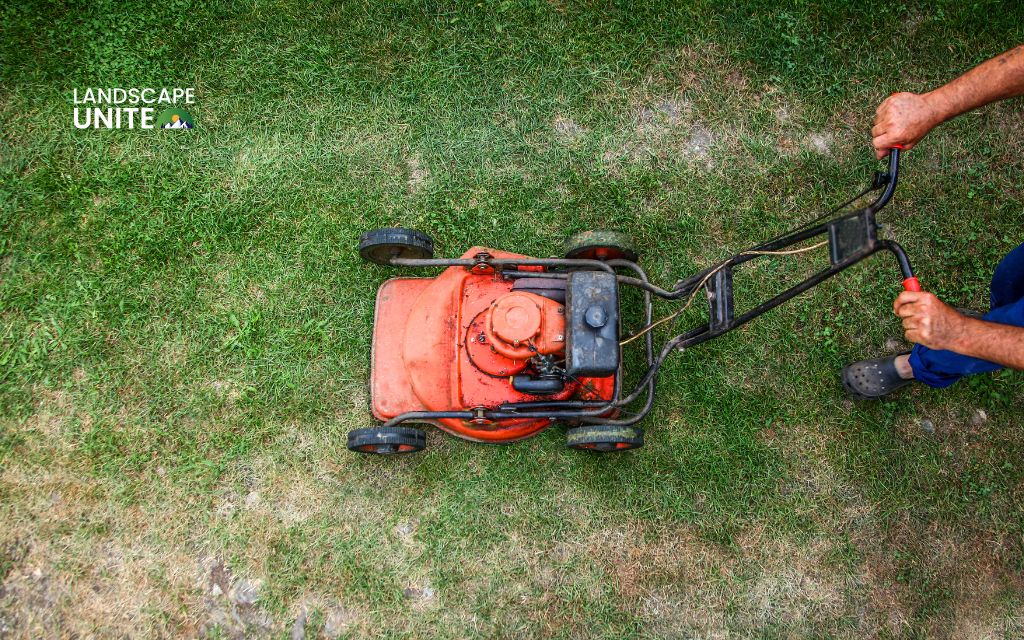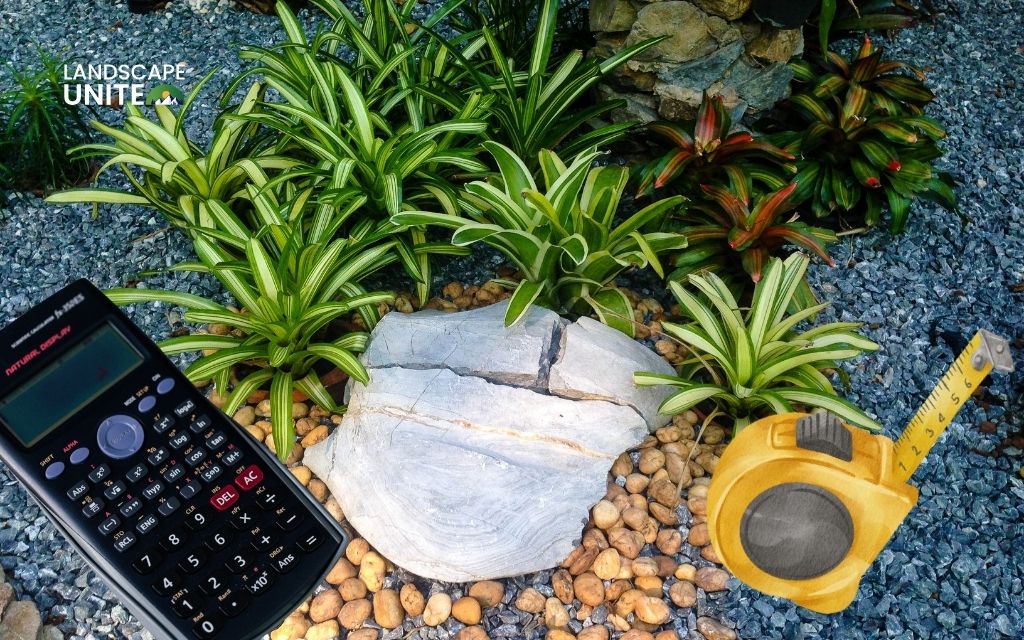Knowing when to stop mowing lawn in fall is crucial for protecting your turf through winter and ensuring robust growth when spring returns.
The right timing supports healthy root development, prevents winter damage, and sets the foundation for a lush, vibrant lawn next year.
Continue reading to discover expert-backed strategies that will help you make this critical seasonal decision with confidence.
Why timing matters in fall lawn mowing
The decision of when to stop mowing lawn in fall significantly impacts your lawn’s winter survival and spring recovery:
- Cutting too early in the season weakens grass before it enters dormancy, leaving it vulnerable to harsh winter conditions and reducing its energy reserves when they’re needed most.
- Mowing too late into the fall season creates equally serious problems. Late mowing can expose fresh cuts to frost damage, increase susceptibility to fungal diseases, and cause stress to root systems.
Grass that’s cut during or after the first hard frost may struggle to heal properly, leading to brown patches and weakened areas come spring. A well-timed final mow provides optimal insulation for grass crowns while supporting better spring regrowth.
When to stop mowing lawn in fall?
The answer to how late can you mow your lawn in the fall depends primarily on your grass type and local climate conditions. Understanding these differences ensures you’ll time your final cut perfectly.
Cool-season grasses
Cool-season varieties like tall fescue, perennial ryegrass, and Kentucky bluegrass should receive their final mow in mid-to-late October in most regions, or when grass growth slows to near dormancy levels.
These grasses continue growing in cooler temperatures but gradually reduce their growth rate as soil temperatures drop.
The ideal final height for cool-season grasses ranges from 2 to 2.5 inches. This height provides adequate protection for grass crowns while preventing the lawn from becoming too long, which could harbor disease or pest problems during winter months.

Warm-season grasses
Warm-season grasses including Bermudagrass, Zoysia, and St. Augustine grass requires different timing considerations.
These varieties should receive their final mow when soil temperatures drop below 55°F consistently for several days, typically occurring in late fall or early winter depending on your location.
The recommended final height for warm-season grasses is 1.5 to 2 inches. This slightly shorter height accommodates their different growth patterns and dormancy requirements, ensuring proper winter preparation.
Signs it’s almost time for the last cut
Recognizing the natural indicators that signal the end of mowing season helps you time your final cut perfectly. Watch for these key signs that indicate when to stop mowing grass in fall:
- Growth significantly slows down to the point where you’re only mowing once every 10 to 14 days instead of your typical weekly schedule. This reduced growth rate indicates your grass is beginning its transition toward winter dormancy.
- Daytime temperatures consistently remain below 60°F with increasingly cooler nighttime temperatures. These sustained cooler conditions signal that grass metabolism is slowing and growth will soon cease entirely.
- Minimal new shoots or vertical growth become apparent when you observe your lawn over a full week period. Grass that’s preparing for dormancy focuses energy on root development rather than blade production.
- First light frost occurrence or frost forecast within the next 7 to 10 days provides a clear timeline for scheduling your final mow. This weather pattern indicates winter conditions are imminent.
- Grass blades feel stiffer to the touch and may display a dull green or purplish hue rather than their vibrant summer color. These physical changes reflect slowed metabolism and reduced chlorophyll production as grass prepares for winter rest.
Step-by-step mowing season wrap-up
Follow this systematic approach to ensure your final mow provides maximum benefit for your lawn’s winter health and spring recovery.
- Monitor local frost patterns and growth trends by checking weather forecasts regularly and observing your lawn’s growth rate over several weeks. This information helps you anticipate the optimal timing window.
- Sharpen your mower blade before the final cut to ensure clean, precise cuts that heal quickly. Dull blades create ragged edges that are more susceptible to disease and frost damage.
- Adjust cutting height slightly lower than your summer mowing height, following the recommendations outlined above. This adjustment provides better winter protection while maintaining healthy grass length.
- Only mow when grass is completely dry to prevent clumping, uneven cuts, and potential disease transmission. Wet grass also clogs mower decks and creates poor cutting conditions.
- Remove leaves, clippings, and debris thoroughly from the lawn surface. Heavy debris layers can smother grass and create favorable conditions for fungal diseases during winter months.
- Leave finely mulched clippings on the lawn if your mower produces small pieces that will decompose quickly. These clippings provide natural insulation and return valuable nutrients to the soil through decomposition.

Maintaining your grass after the last cut
Proper post-mowing care ensures your lawn remains healthy throughout winter and emerges strong in spring. Implement these essential maintenance practices after completing your final mow.
- Avoid walking on frosty or frozen grass as foot traffic can crush and permanently damage grass blades when they’re brittle from cold temperatures. Plan alternative pathways during winter months to protect dormant turf areas.
- Provide occasional watering during dry periods until the ground freezes completely. While dormant grass requires less water, maintaining adequate soil moisture supports root health and helps grass survive winter stress.
- Apply fall fertilizer (winterizer) formulated specifically for your grass type to strengthen root systems before winter. These specialized fertilizers typically contain higher potassium levels that improve cold tolerance and disease resistance.
- Keep the lawn clear of fallen leaves to prevent mold development and excessive thatch buildup. Heavy leaf layers block sunlight and air circulation, creating conditions that favor fungal problems.
- Monitor for pest activity or fungal signs and treat issues promptly before they establish during winter months. Early intervention prevents minor problems from becoming major lawn restoration projects come spring.
- In snow-prone regions, avoid repeatedly piling snow from driveways and walkways onto the same lawn areas. Concentrated snow piles create ice layers that can suffocate grass and delay spring green-up in affected spots.

Fall mowing checklist
Use this comprehensive checklist to ensure you’ve addressed all critical factors before completing your final mow of the season:
- Grass growth has slowed to minimal levels
- Temperatures remain consistently cool day and night
- Final mowing height has been properly adjusted for grass type
- Lawn surface is completely dry
- All debris and fallen leaves have been removed
- Final mow scheduled 1-2 weeks before anticipated hard freeze
Conclusion
Understanding when to stop mowing lawn in fall represents a cornerstone of successful seasonal lawn care that directly impacts your grass’s winter survival and spring vitality.
By carefully observing growth patterns, monitoring weather conditions, and following grass-specific timing guidelines, you create optimal conditions for healthy dormancy and robust regrowth.
Remember to coordinate this timing with your comprehensive fall lawn care routine, including fertilization, aeration, and debris management.
For additional insights on year-round lawn maintenance and seasonal gardening strategies, explore our extensive collection of expert resources designed to help you achieve outstanding landscape results.
Frequently asked questions (FAQs)
Can I mow after the first frost?
Only if the grass continues actively growing and isn’t frozen when you plan to mow. Never attempt to mow frosted or frozen turf, as this can cause permanent damage to grass blades and crowns.
Is it bad to cut grass too short before winter?
Yes. Scalping your lawn creates significant stress and exposes vulnerable root systems to harsh winter conditions. Always follow recommended final cutting heights for your specific grass type.
Should I bag or mulch the last mow?
Mulching is generally preferred for the final cut, provided clippings are finely chopped and won’t create thick layers. These decomposing clippings feed your lawn and provide natural soil protection during winter.
Do I need to water after the final mow?
Yes, provide light watering if weather conditions remain dry, continuing until soil temperatures freeze. This moisture supports root health and helps grass maintain winter hardiness.


